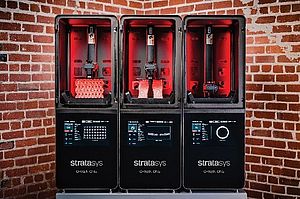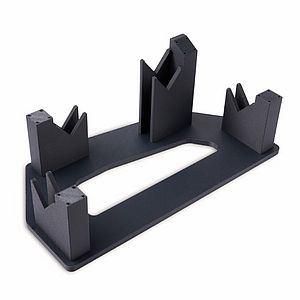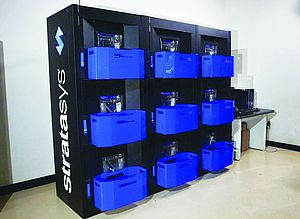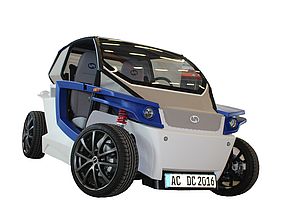Stratasys Ltd. announced the advancement of its manufacturing strategy with a new open tier of third-party materials for FDM® 3D printers via an annual Open Material License. Users will gain flexibility to explore broader sets of materials that can accelerate additive manufacturing adoption. The company is already providing open material availability on Neo stereolithography 3D printers, as well as the recently announced Stratasys Origin® One and Stratasys H350™ 3D printers. By extending this materials ecosystem approach to FDM technology, the goal is to enable manufacturing customers to address new applications with demanding requirements while also having dual sources for materials.
Stratasys has been rapidly expanding its materials ecosystem this year across P3™, SAF™, and stereolithography 3D printing systems, giving customers a range of material offerings. For instance, in September, the company introduced an Open Material License for the P3-based Origin One along with two new materials from Loctite by Henkel. Stratasys is now bringing accelerated material innovation to the most popular and reliable FDM systems in the industry.
Stratasys’ new program is an important milestone for the 3D printing industry, and we look forward to being a significant FDM filament provider.”
“Innovative materials are the fuel powering additive manufacturing,” said Hugo da Silva, Vice President Additive Manufacturing at Covestro, a leading supplier of premium polymers. “That means we need more variety in materials to address as many manufacturing applications as possible. At the same time, we want to ensure customers have the utmost confidence in the performance of those materials. Stratasys’ new program is an important milestone for our industry, and we look forward to being a significant FDM filament provider.”
Manufacturing Senior Vice President Dick Anderson said this new material ecosystem reflects the increasingly central role of additive manufacturing for Stratasys customers. “Our customers urgently need the benefits of additive manufacturing at scale in their organizations – addressing sustainability, cost competitiveness, agility, and customization requirements,” he said. “Our three-tiered material ecosystem will help bring material innovation to our customers faster so we can continue to ensure the most trusted and reliable additive manufacturing platform is a substantial and essential part of the global manufacturing economy.”
The Stratasys Material Ecosystem includes:
- Stratasys Preferred: Preferred by Stratasys for its customers for the highest performance applications. These materials are engineered to provide the best combination of material and printer performance and are developed either by Stratasys or third-party material partners.
- Stratasys Validated: Materials validated by Stratasys with basic reliability testing to accelerate the expansion of material options available in the marketplace.
- Open: Unvalidated materials accessed via an Open Material License (OML). These materials may offer unique attributes and the potential to address new applications but they have not received validation testing or optimization relative to performance and functionality on a Stratasys printer.
Stratasys-Validated materials are expected to be available to customers of FDM 3D printers during the second half of 2022, starting with the Fortus 450mc.





























